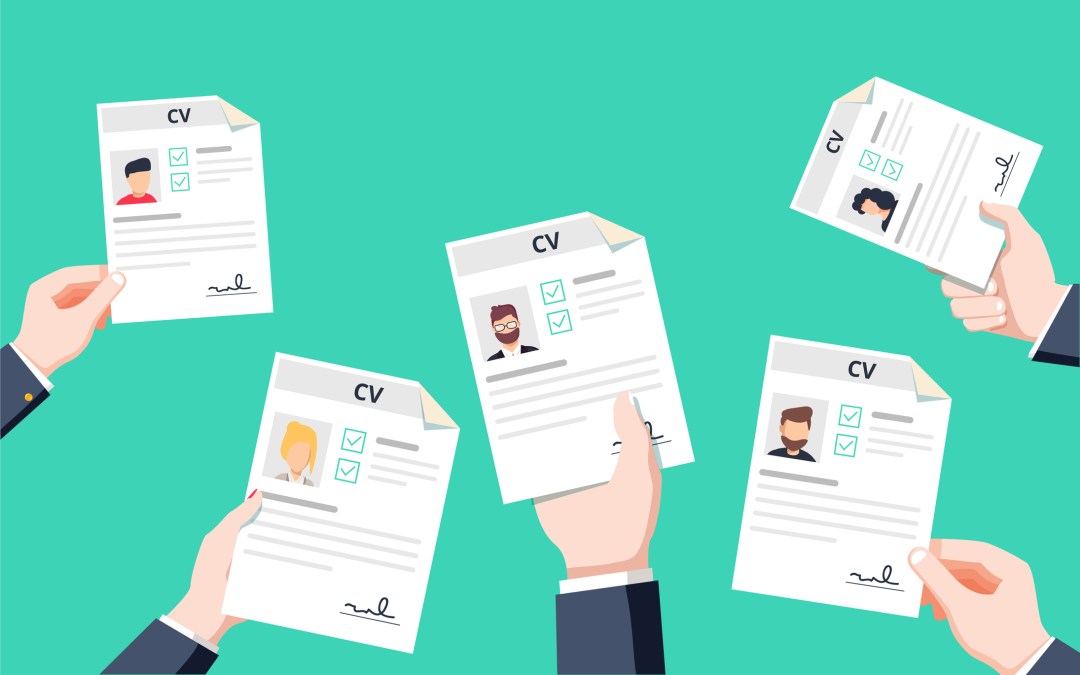States are struggling to attract top IT talent from the workforce

Attracting new employees is the top workforce challenge facing government administrators, according to a new survey released Monday by the consulting firm Accenture, with 42 percent of respondents citing difficulty in recruiting new hires as their top challenge.
The findings affirm concerns raised by top state officials in recent years. The survey, conducted in conjunction with Neogov, a publisher of human resources management software, and the National Association of State Chief Administrators, applies across all of state government, but the findings are especially salient for the workforce’s competitive technology sector, said Craig Orgeron, Mississippi’s chief information officer.
“We know that the gap in Mississippi in terms of our job structure is significant,” Orgeron said, referring to the salaries offered by the private sector versus state government.
One way Mississippi wants to keep up, he said, is to rewrite the state’s job classifications so they are reflective of the new types of positions available, such as roles in data analytics or cybersecurity. California revamped its job classifications last year, reducing 36 job titles to nine, with the goal of reducing confusion about what various roles do and how they fit into career pathways.
“We also want to modernize the salaries also so we can get somewhat closer to what the private sector is doing,” Orgeron said.
Orgeron said that while the state governments will not be able to meet the private sector on compensation, public-sector employment has advantages for young workers, including opportunities to provide services for a large number of people and exposure to a wide variety of sophisticated technologies.
In recognition of the challenge, Mississippi is also tapping into local code academies and formalizing its internship programs with the hope of attracting promising talent early. By changing minimum qualifications for entry-level positions, Orgeron said the state is now able to give young students and those with limited educations a chance at a career that wouldn’t have been available previously.
“I think what it does is it expands the pool,” he said. “Then maybe they can go to school online or take night classes and get a degree.”
Daniel Kim, the director of the California Department of General Services, said in a press release that the survey illustrates “one of the greatest challenges facing the government workforce,” and that while workforce is a challenge for all state governments, it hits some harder than others. Orgeron said much of Mississippi’s talent is sucked up by the private sector in nearby cities, like Atlanta; Birmingham, Alabama; Nashville, Tennessee; and New Orleans.
Other states, like Nebraska, also find themselves with small talent pools to draw upon. That state’s CIO, Ed Toner, told StateScoop in an email that a growing internship program has been a boon for his workforce. Nebraska has hired about 40 interns within the past 3 years with less than 5 percent attrition, he said.
“We have taken a grow-your-own approach,” Toner said. “That is great for entry level, but I agree it is difficult to keep or attract experienced high skill positions. Mainly due to salary requirements and the number of tech companies in our area.”
In Mississippi, Orgeron said his team is going to going to have to start spending more time on college campuses to find future talent.
“I think we have our work cut out for us, for sure,” he said.
After recruitment, the next-biggest challenges were establishing a flexible workforce and managing a growing number of retiring employees, with each being mentioned by 36 percent of respondents.






